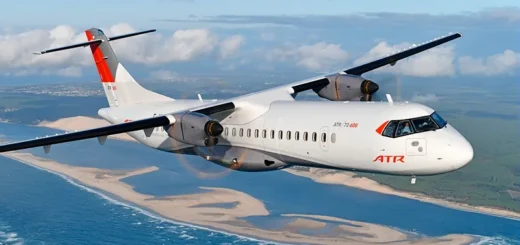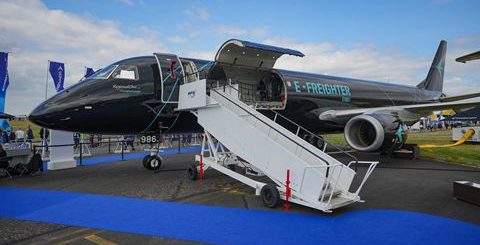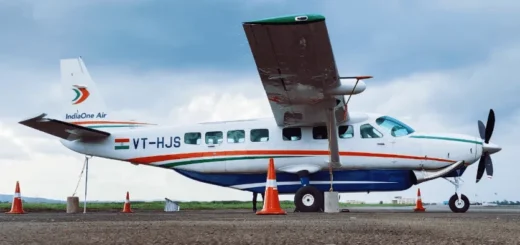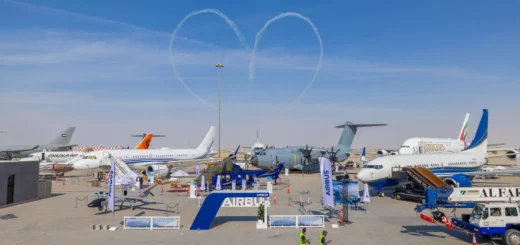Airbus A380 ‘Superjumbo’: Celebrating two decades in the skies
It was exactly on April 27, 2005 that the first-ever produced Airbus A380 test aircraft embarked on its maiden flight in Toulouse, France. Despite its commercial failure, the aircraft’s pioneering spirit and enduring popularity continues to inspire the future of aviation.
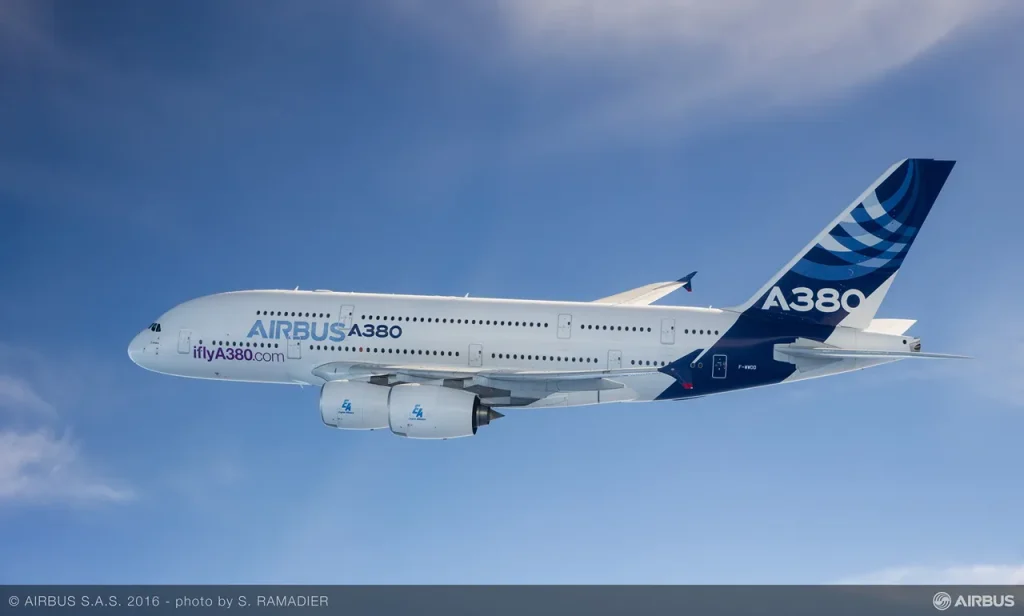
The Airbus A380 is more than just an ‘jumbo’ airplane. It was an ambitious gamble that redefined the passenger aviation to usher in an era of grand, double-decker air travel. This year marks the 20th anniversary of the Superjumbo’s maiden flight, that took place on 27 April, 2005 in Toulouse, France. The remarkable aircraft, dubbed as Airbus’ ‘21st-century flagship’, introduced new designs and technologies, strengthened the company’s competitive position to become the leader of commercial aviation.
Although the A380, the world’s largest passenger airliner till date, is no longer in production since 2021, the aircraft’s enduring popularity stems from a plethora of factors. Today, about 180 of these are in commercial service. The aircraft’s high-ceilinged, wide double-deck cabins offer an impeccable passenger experience. It is also one of the most sought-after aircraft for enthusiasts, and remains a majestic sight at airports across the globe.
Also Read: Emirates brings its 19.1-year-old Airbus A380 back to passenger service
Further, the ‘jumbo’ airbus is also a pinnacle of innovation since its inception. For the first time, Airbus engineers deployed a full Digital Mock Up (DMU) to design an aircraft, thereby setting a precedent. Over 380 patents were registered at the aircraft’s designing stage, while many weight-saving and safety technologies that debuted in A380 later became a norm for the aircraft industry. For instance, the use of carbon fibre reinforced plastic (CFRP) in A380 showed way for its mass adoption in big aircrafts such as A350s today.
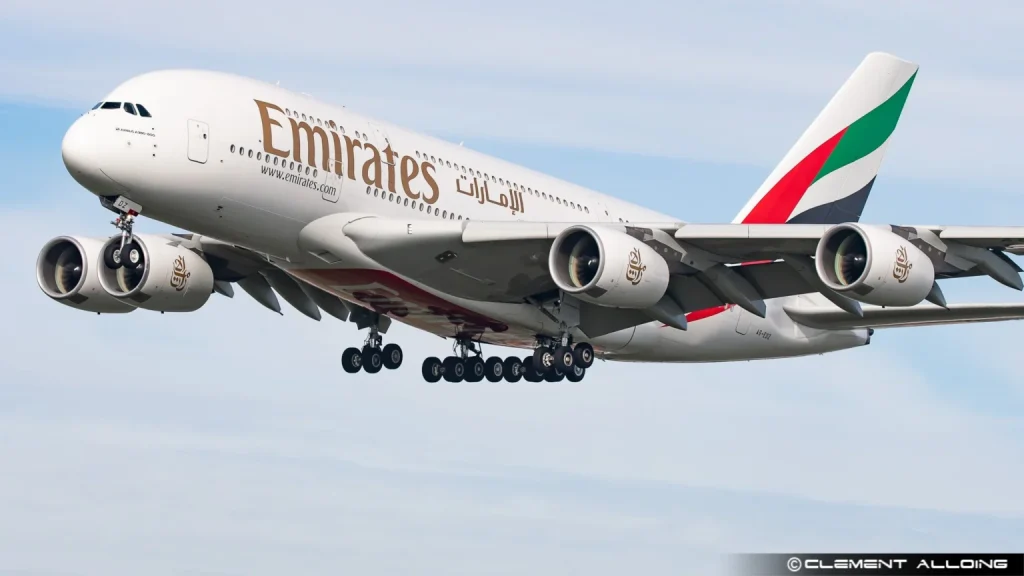
Interestingly, the first-ever A380 – a test aircraft with a codename MSN001 – continues its innovation till date. It is serving as a testbed to Airbus since last month, to support certification of all the latest developments that keep the in-service A380 fleet flying. The aircraft is also the company’s demonstrator for future propulsion systems. High ground clearance and ‘quadjet’ design of the A380 makes it an ideal platform to seamlessly integrate and test new propulsion systems.
Also Read: Airbus ZEROe Hydrogen-powered aircraft project: Latest updates
Despite being an engineering marvel and fandom, the Airbus A380 failed to attract the expected number of airline orders, leading to the cessation of its production. Born to challenge of the dominance of the Boeing 747 jumbo jets in long-haul markets, the aircraft was instead caught in a whirlwind. A confluence of factors, ranging from shifting market dynamics and high operating costs to significant infrastructure requirements and increased competition, contributed to the A380’s commercial struggles.
Though its production run was shorter than anticipated, this masterpiece left an indelible mark, standing as both a symbol of aviation’s boundless ambition and a unique chapter in the history of commercial aviation.

